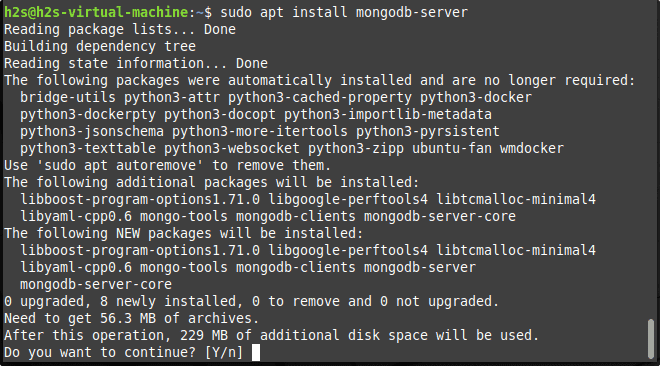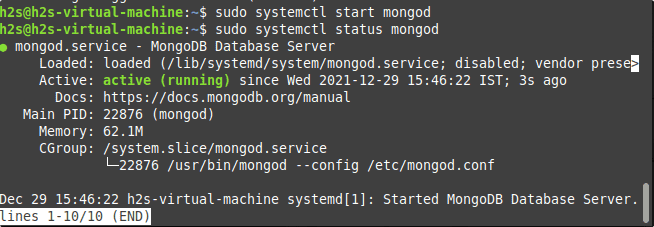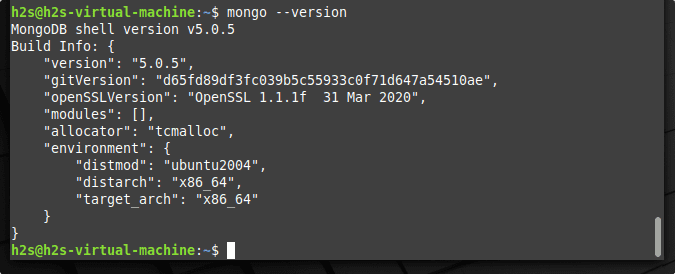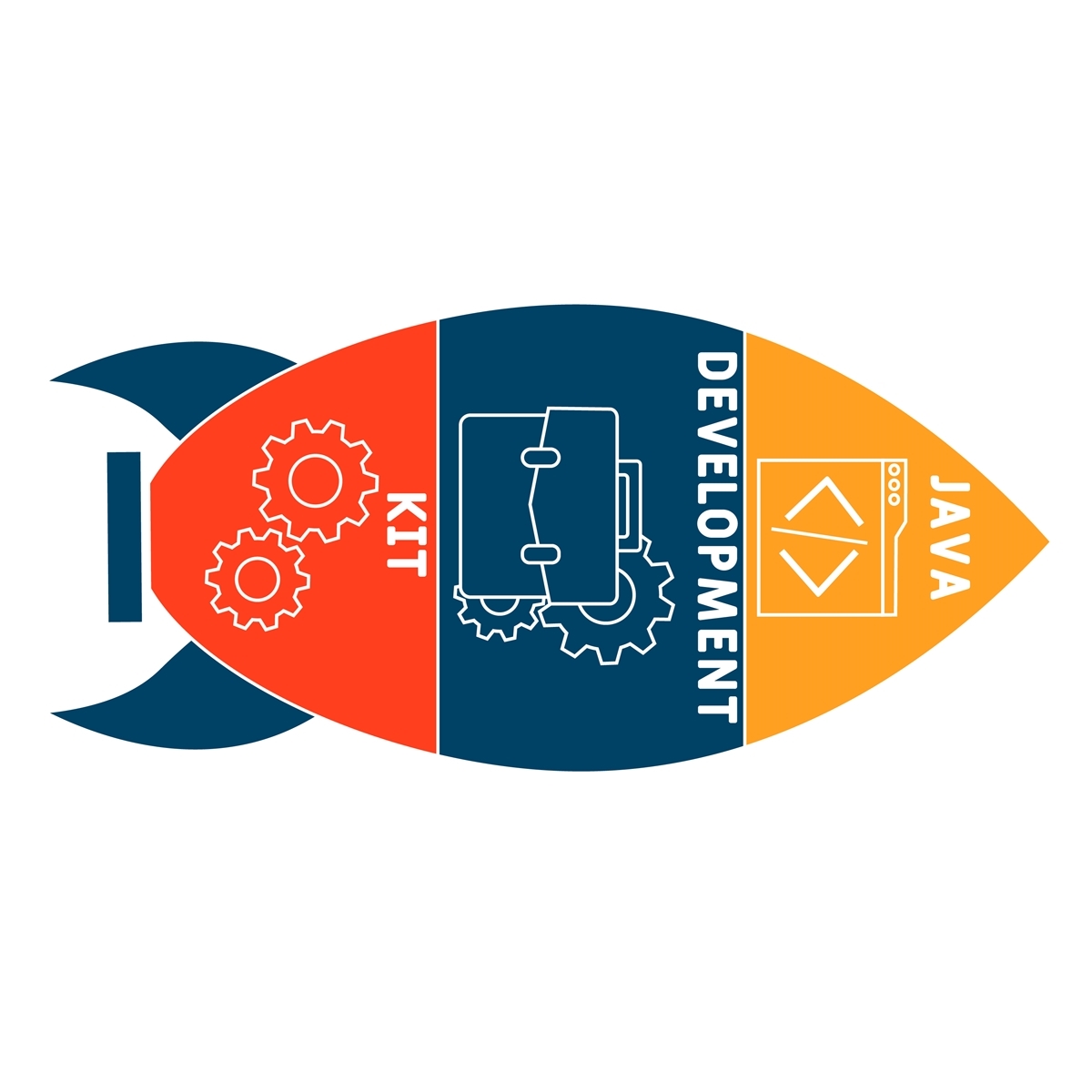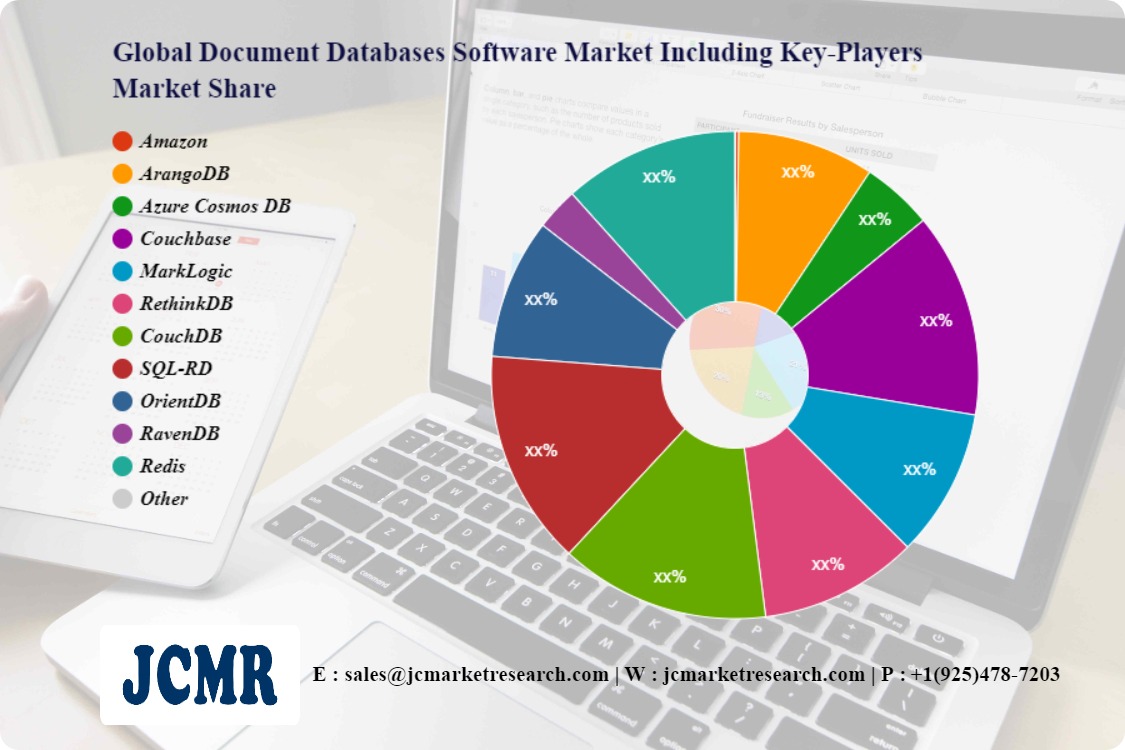Posted on mongodb google news. Visit mongodb google news
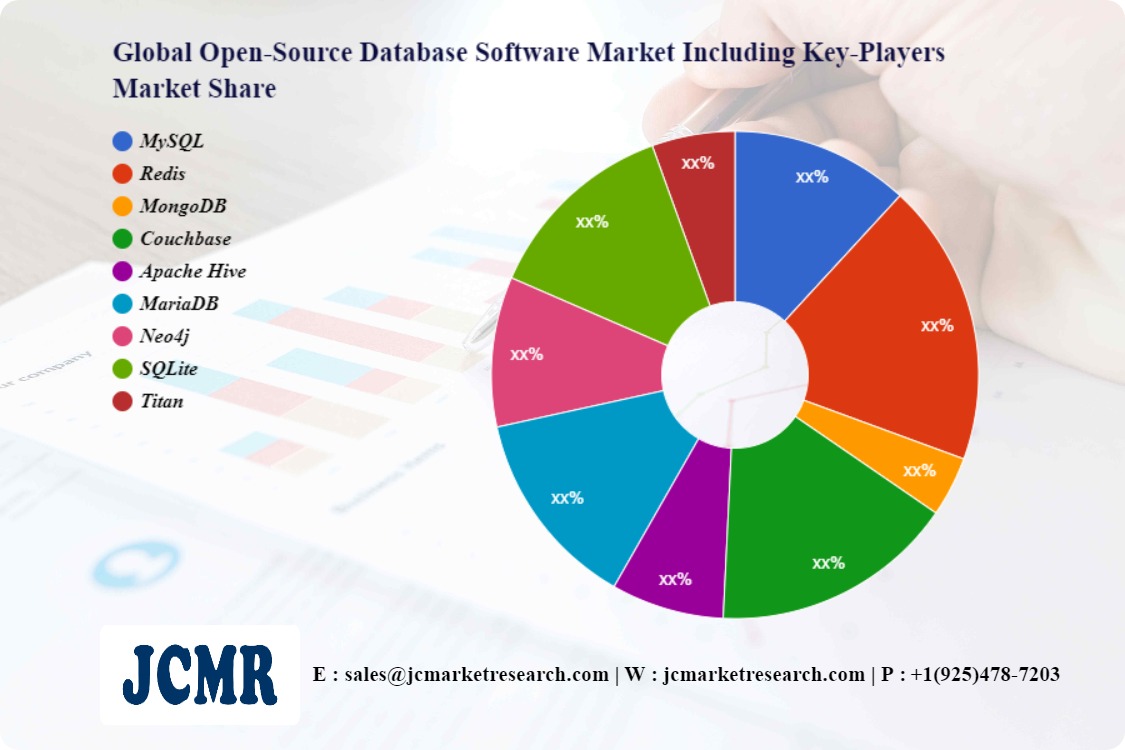
Latest research study from JCMR including most recent “Q1-2021” Global Open-Source Database Software Market by Manufacturers, Regions, Type and Application, Forecast to 2021-2029. The Open-Source Database Software Research report presents a complete assessment of the market and contains Future trend, Current Growth Factors, attentive opinions, facts, historical data, and statistically supported and industry validated market data. The Open-Source Database Software study is segmented by products type & Applications. The research study provides estimates for and Open-Source Database Software Market Forecast till 2029
Get Quick Free Sample Copy of Open-Source Database Software Report @: jcmarketresearch.com/report-details/1495022/sample
Key Companies/players: MySQL, Redis, MongoDB, Couchbase, Apache Hive, MariaDB, Neo4j, SQLite, Titan
Open-Source Database Software Report Application & Types as follwed:
Segment by Type
– Cloud-based
– On Premises
Segment by Application
– Large Enterprises
– SMEs
The research covers the current & Future market size of the Global Open-Source Database Software market & its growth rates based on 8 year history data. It also covers various types of Open-Source Database Software segmentation such as by geography [China, Japan, Korea, Taiwan, Southeast Asia, India & Australia].The Open-Source Database Software market competition is constantly growing higher with the rise in technological innovation and M&A activities in the Open-Source Database Software industry. Moreover, many local and regional vendors are offering specific application products for varied end-users.On the basis of attributes such as company overview, recent developments, strategies adopted by the Open-Source Database Software market leaders to ensure growth, sustainability, financial overview and recent developments.
Get the crucial Qualitative + Quantitative Open-Source Database Software Report @ jcmarketresearch.com/report-details/1495022/Open-Source-Database-Software
Stay up-to-date with global Open-Source Database Software market research offered by JCMR. Check how Open-Source Database Software key trends and emerging drivers are shaping Open-Source Database Software industry growth.global Open-Source Database Software market insights reports covers market characteristics, size and growth, segmentation, regional breakdowns, competitive landscape, shares, trend and strategies for Open-Source Database Software market. The Open-Source Database Software market characteristics section of the report defines and explain the Open-Source Database Software market. The Open-Source Database Software market size section gives the revenues, covering both the historic growth of the Open-Source Database Software market and forecasting the future.
In the Global Open-Source Database Software Industry Market Analysis & Forecast 2021-2029, the revenue is valued at USD XX million in 2021 and is expected to reach USD XX million by the end of 2029, growing at a CAGR of XX% between 2021 and 2029. The production is estimated at XX million in 2021 and is forecasted to reach XX million by the end of 2029, growing at a CAGR of XX% between 2021 and 2029.
Get Discount on Open-Source Database Software Report @ jcmarketresearch.com/report-details/1495022/discount
QueriesResolved in Open-Source Database Software report – Global Open-Source Database Software Market, 2021 by Manufacturers, Regions, Type and Application, Forecast to 2029
What will the Open-Source Database Software market size in 2029 & what will the growth rate?
What are the key Open-Source Database Software market trends?
What is driving Global Open-Source Database Software Market?
What are the challenges to Open-Source Database Software market growth?
Who are the key vendors in Global Open-Source Database Software Market space?
What are the key Open-Source Database Software market trends impacting the growth of the Global Open-Source Database Software Market?
What are the key outcomes of the five forces analysis of the Global Open-Source Database Software Market?
What are the Open-Source Database Software market opportunities and threats faced by the vendors in the Global Open-Source Database Software market? Get in-depth details about factors influencing the Open-Source Database Software market shares of the Americas, APAC, and EMEA?
There are 15 Chapters to display the Global Open-Source Database Software market.
Chapter 1, to describe Definition, Specifications and Classification of Open-Source Database Software, Applications and Market Segments by Regions;
Chapter 2, to analyze the Open-Source Database Software Manufacturing Cost Structure, Raw Material and Suppliers, Manufacturing Process, Industry Chain Structure;
Chapter 3, to display the Open-Source Database Software Technical Data and Manufacturing Plants Analysis of , Capacity and Commercial Production Date, Manufacturing Plants Distribution, Export & Import, R&D Status and Technology Source, Raw Materials Sources Analysis;
Chapter 4, to show the Overall Open-Source Database Software Market Analysis, Capacity Analysis (Company Segment), Sales Analysis (Company Segment), Sales Price Analysis (Company Segment);
Chapter 5 and 6, to show the Regional Open-Source Database Software Market Analysis that includes North America, China, Europe, Southeast Asia, Japan & India, Open-Source Database Software Market Analysis by [Type];
Chapter 7 and 8, to analyze the Open-Source Database Software Market Analysis by [Application] Major Manufacturers Analysis of Open-Source Database Software;
Chapter 9, Open-Source Database Software Market Trend Analysis, Regional Open-Source Database Software Market Trend, Open-Source Database Software Market Trend by Product Types, Open-Source Database Software Market Trend by Applications;
Chapter 10, Open-Source Database Software Regional Marketing Type Analysis, International Trade Type Analysis, Supply Chain Analysis;
Chapter 11, Open-Source Database Software to analyze the Consumers Analysis of;
Chapter 12, to describe Open-Source Database Software Research Findings and Conclusion, Appendix, methodology and data source;
Chapter 13, 14 and 15, to describe Open-Source Database Software sales channel, distributors, traders, dealers, Research Findings and Conclusion, appendix and data source.
Buy this Open-Source Database Software research report @ jcmarketresearch.com/checkout/1495022
Reasons for Buying Open-Source Database Software Report
This Open-Source Database Software report provides pin-point analysis for changing competitive dynamics
Open-Source Database Software provides a forward looking perspective on different factors driving or restraining market growth
Open-Source Database Software provides a 8-year forecast assessed on the basis of how the market is predicted to grow
Open-Source Database Software helps in understanding the key product segments and their future
Open-Source Database Software provides pin point analysis of changing competition dynamics and keeps you ahead of competitors
Open-Source Database Software helps in making informed business decisions by having complete insights of market and by making in-depth analysis of market segments
Thanks for reading Open-Source Database Software article; you can also get individual chapter wise section or region wise report version like North America, Europe or Asia.
Find more research reports on Open-Source Database Software Industry. By JC Market Research.
About Author:
JCMR global research and market intelligence consulting organization is uniquely positioned to not only identify growth opportunities but to also empower and inspire you to create visionary growth strategies for futures, enabled by our extraordinary depth and breadth of thought leadership, research, tools, events and experience that assist you for making goals into a reality. Our understanding of the interplay between industry convergence, Mega Trends, technologies and market trends provides our clients with new business models and expansion opportunities. We are focused on identifying the “Accurate Forecast” in every industry we cover so our clients can reap the benefits of being early market entrants and can accomplish their “Goals & Objectives”.
Contact Us: https://jcmarketresearch.com/Contact-Details
JC Market Research
Mark Baxter (Head of Business Development)
Phone: +1 (925) 478-7203
Email: [email protected]
Article originally posted on mongodb google news. Visit mongodb google news


